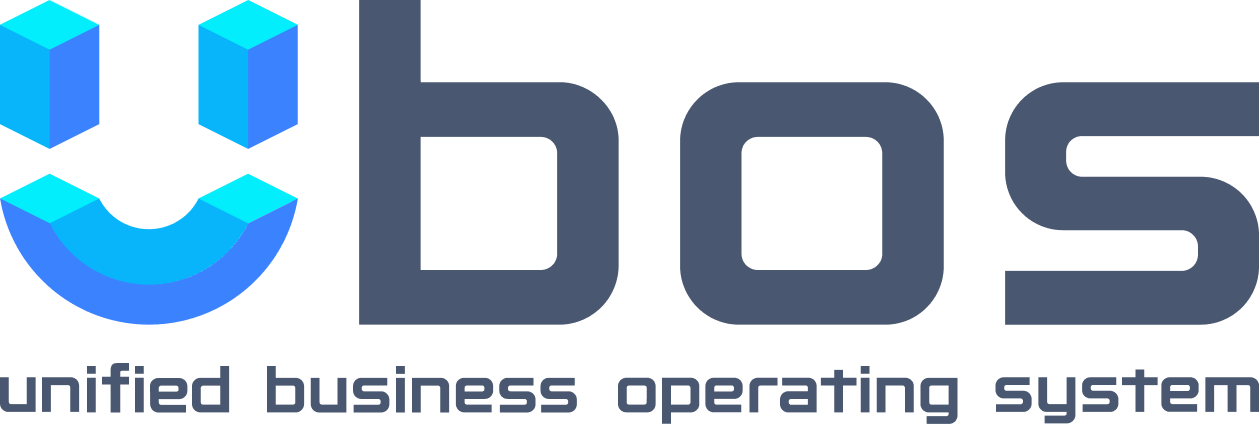💫 Guides
Before starting work at UBOS, it is advisable to familiarize yourself with this guide, which will help answer basic questions.
Flow Builder (Node-red)
In this article, we will explore the Node-RED environment in detail, including its features and ways to use it for developing data processing flows.
Introduction to basic nodes such as debug, http in/response, and function, which allow interaction with data flows, tracking results, and transforming them according to the developer's needs.
Here you will find a detailed explanation of working with the "function" node: basic function writing, installing additional libraries, examples of error handling, and much more.
Initial steps for creating requests to be used in the UI Editor.
In this section of the article, you will find the answer to the question of how to create API calls in the UI Editor and how to retrieve data created in Node-RED.
UI Editor
The article describes the beginning of working with the UI Editor, basic properties of widgets, what is the API Panel and how to create an API call, the deployment process, and much more.
Briefly about what global variables are in the UI Editor, how to work with them, and how to transfer information between pages.
Here you will get a more detailed understanding of the interaction between widgets and see the application of knowledge from the previous article.
Databases
Most applications require data storage. On the UBOS platform, you can use an external database or set up your own database. Read the article to learn how to create and configure a database.
This article provides basic queries using the PostgreSQL database.
An example of creating a MySQL database.
GIT
To safeguard your data from potential loss and errors that can destroy your work, we will show you how to connect these services to GitLab.
Templates
In this article, we will talk about what a template is and how to use it on UBOS. We will provide a detailed
instruction on using the template and give examples of how it can be used to create a website. With this article,
you will be able to quickly and effectively start your project and add the necessary functionality by using the
template.
All templates you can find on our site
Use cases
The following materials will help you gain insights into potential use cases of our platform and inspire the implementation of small ideas. Here are a few example use cases that you can include:
The system allows you to create a GPT-powered Telegram bot for customer support with ease.
Discover the power of node-red-contrib-web-worldmap, a versatile palette that enables the creation of interactive maps with real-time data. This tool offers seamless visualization of information on a global scale, making it ideal for applications involving geolocation data, such as vehicle tracking or weather monitoring.
Simple and effective solution for users looking to display real-time track data. Its integration with Node-RED, user-friendly interface, and responsive display make it a better choice compared to other options available on the market.
You may encounter situations where you need to create small pages with limited content, such as landing pages. In such cases, it's important to make the most of the available space and create a layout that looks visually appealing.
This book explores the integration of OpenAI technology to generate high-quality images. It provides a comprehensive understanding of OpenAI's image generation models, covering the technical foundations and training techniques. Through practical tutorials, readers learn how to leverage OpenAI's tools and APIs to create their own stunning visual content.

